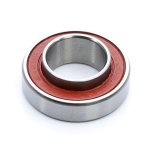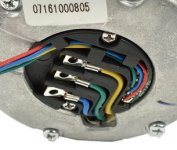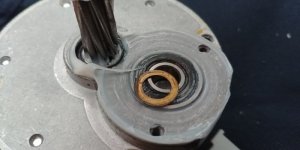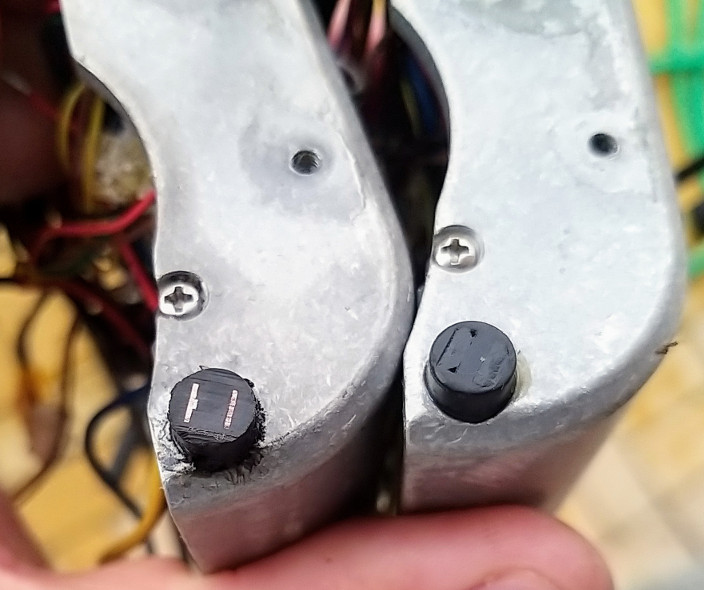jeff.page.rides
100 W
- Joined
- Aug 13, 2019
- Messages
- 295
feketehegyi said:Hi Jeff,jeff.page.rides said:Please reply what your experience with the throttle is?
I have a 6 pin no throttle version 36v TSDZ2 on a 20" Dahon folding bike. Recently I have extended it with a DIY "throttle".
https://www.youtube.com/watch?v=hXmfLcXRk3M
Now I have it on my handlebar with a switch I can disable it. Working like a cruise control / tempomat.
If you set your assist to zero it disables throttle as well.
With my app I can see the actual ampere used by the motor. Fyi, there are some data I have noted:
- with the throttle the RPM of the motor is controlled. As far as I feel assist level has no influence on it.
- I have never used throttle to start the bike.
- on flat road already in motion using the throttle:
- with around 5 ampere continuously I can maintain around 20Km/h speed.
- my max speed is around 33Km/h for which to maintain I pay around 11 ampere continuously.
- Upwards even with easiest gear combination it can go up to 11 ampere. Actually in case of hill I do not use throttle.
- if I pedal it hard then in assist level 4 I can hit 15-17 ampere for a moment. Then by next turn again. But it is definitely not continuous like the throttle, but actually higher for the moment.
- I did recently a test trip. I used my diy "throttle" 90% and only at upwards or at crosses I used pedaling.
Distance: 53Km, Altitude: 103m - 115m. Time: 3 hours. My 2 years old 14.5AH 36V battery has gotten almost empty.
And I used max 5-6 ampere continuously.
Thanks for your input





